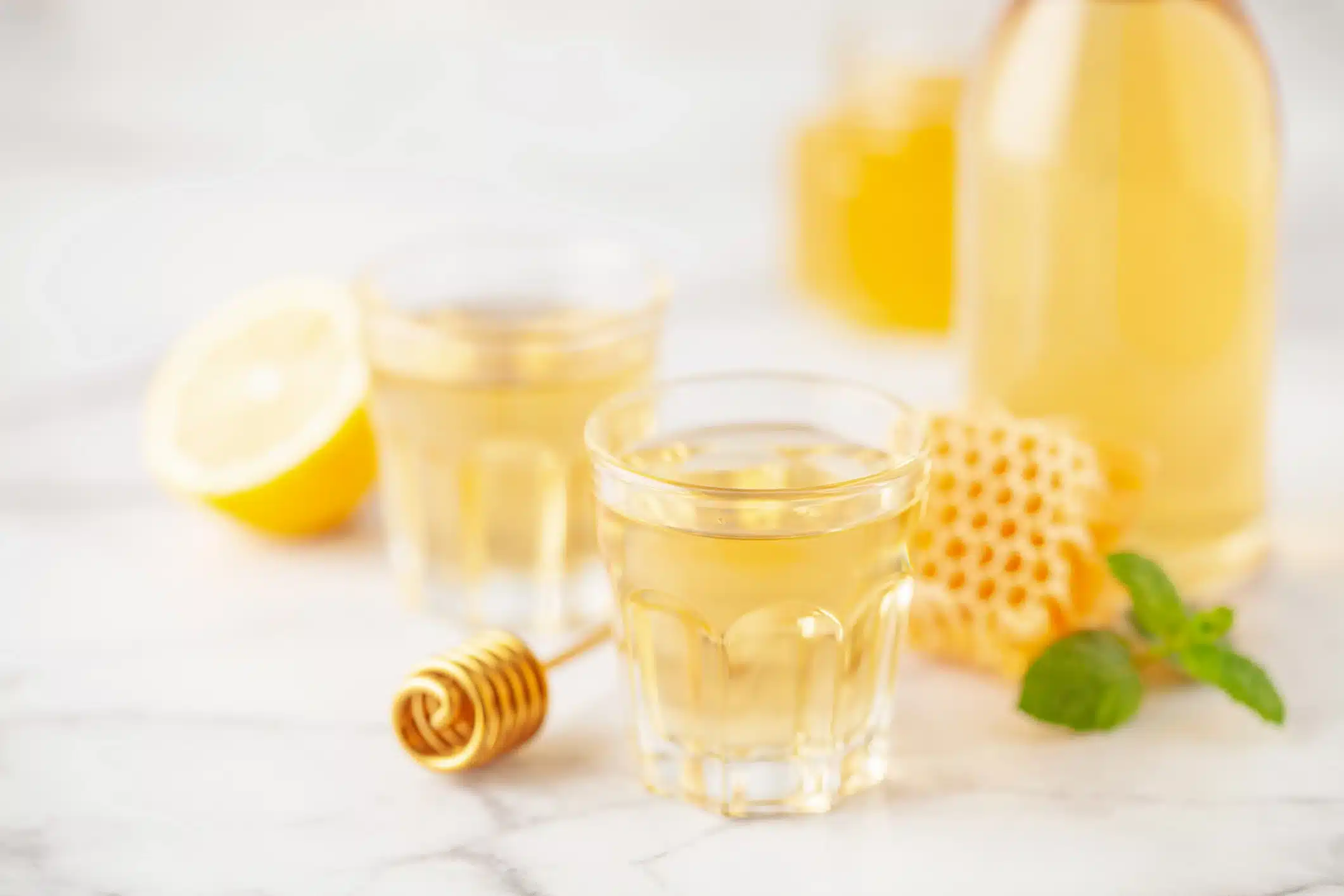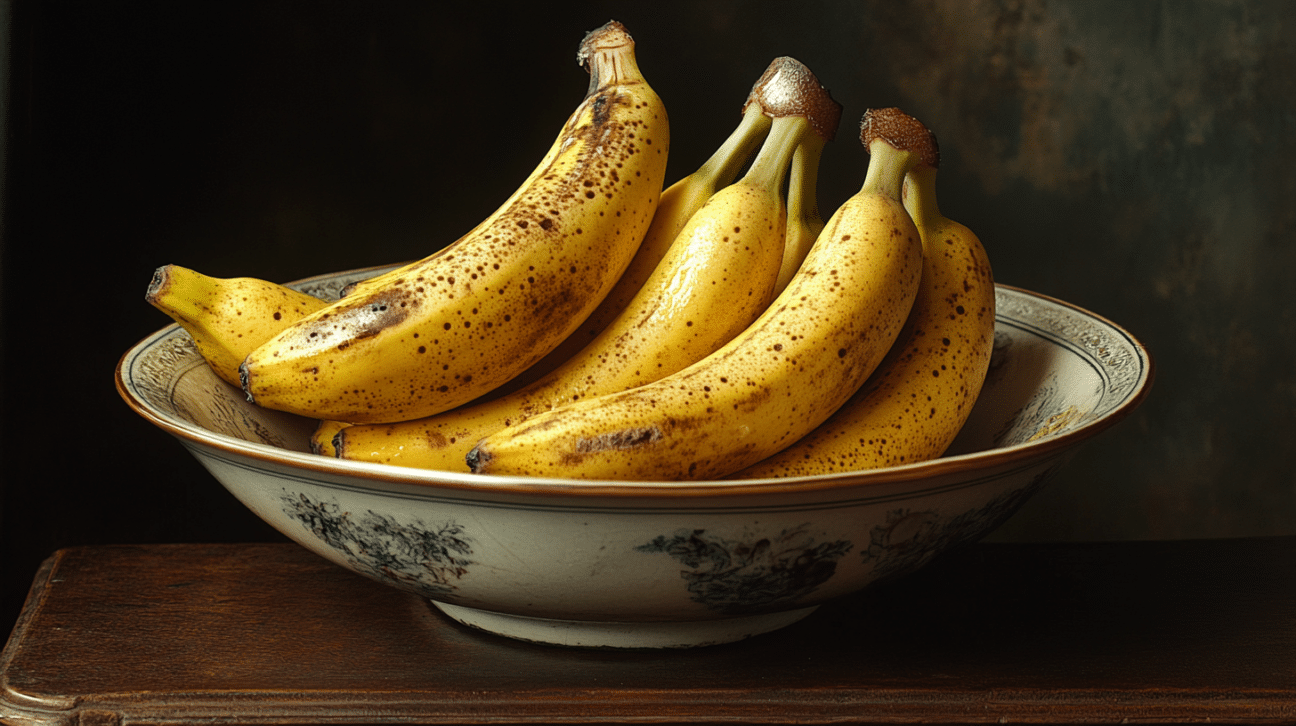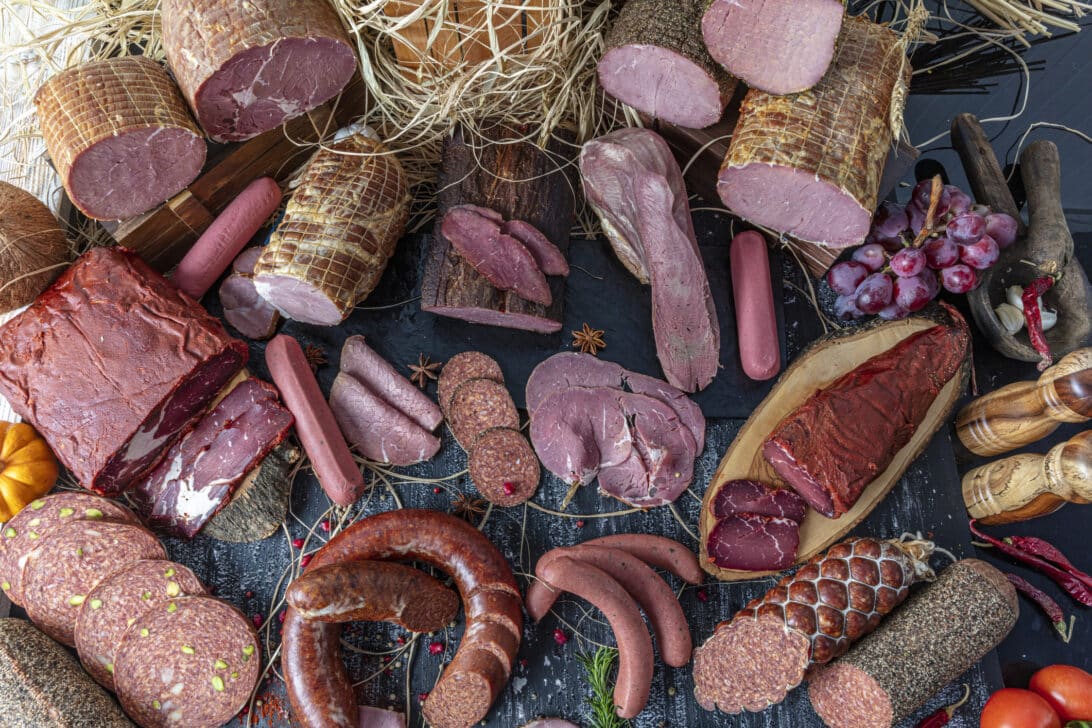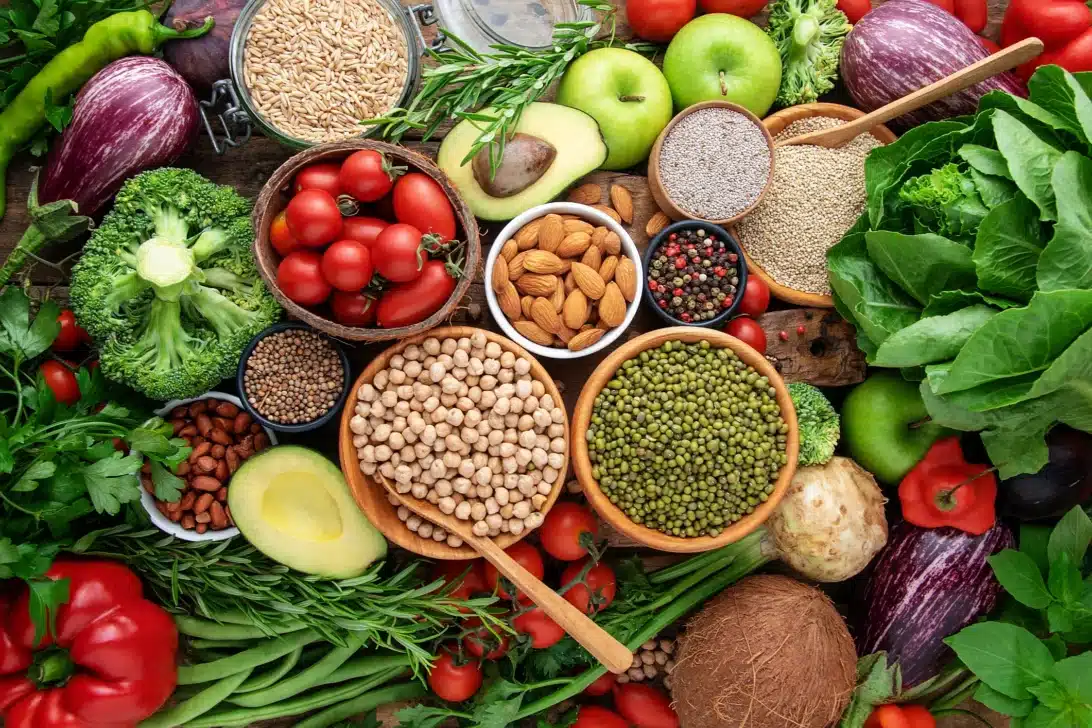Mead, one of the oldest alcoholic beverages known to humanity, dating back to 7000 BC, is experiencing a resurgence this summer. Historically associated with bearded Vikings and medieval monks, mead is now being reinvented with new fermentation techniques and unique flavors, making it a popular choice among modern drinkers.
Traditional mead is made by fermenting honey with water, sometimes enhanced with spices, fruit, or hops. The resulting beverage usually has a wine-like strength of 12-14% and can be flat or slightly sparkling. Modern versions, however, vary from non-alcoholic to low or mid-strength akin to cider or beer, catering to contemporary preferences for natural, low-intervention drinks free from sulphur, chemicals, or added sugars.
“People are looking for lower intervention, natural and sustainable products,” says Kit Newell from Hive Mind Mead & Brew Co. Modern mead producers like them often emphasize sustainability, using ethically produced honey and promoting bee conservation.
One notable producer is Tom Gosnell of Gosnells of London, who offers a variety of meads, including a 4% ABV “Hazy Nectar” available at Lidl, praised for its dry and honeyed aromatics. Another acclaimed product is the Wye Valley Traditional Mead, recognized with the Golden Fork Award 2023 for its complex beeswax-scented profile.
Mead’s renaissance began in the U.S., where advanced methods elevated its status to that of fine wine, emphasizing the “terroir” influenced by the bees’ foraging locations. Tom Gosnell notes that modern mead aims to reflect these unique characteristics, enhancing its appeal to discerning consumers.
With its varied flavors and commitment to sustainability, mead is gaining traction as a sophisticated summer beverage, distancing itself from its historical image and appealing to a broader, more modern audience.
Subscribe
Sign-up to receive our newsletter





